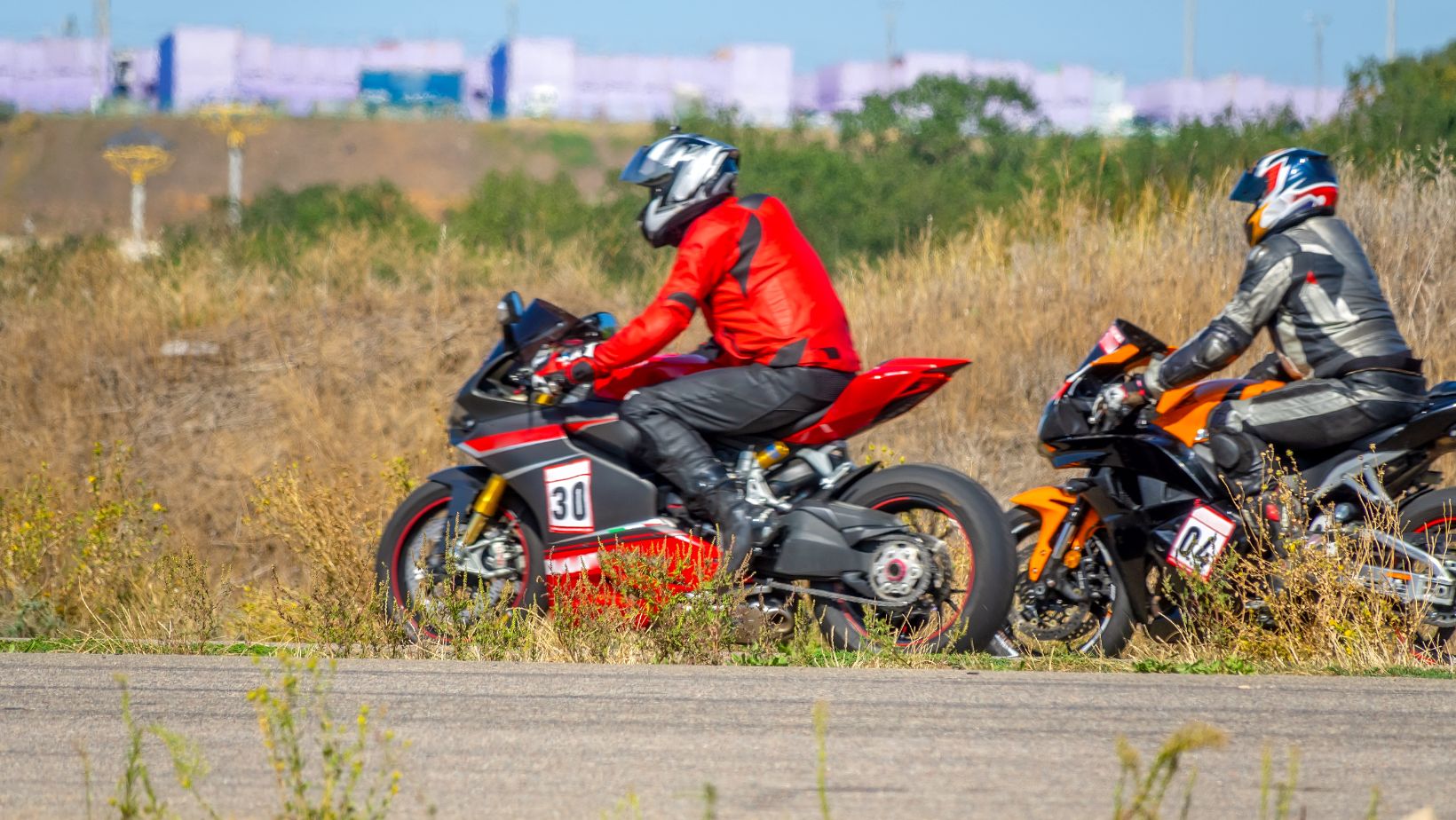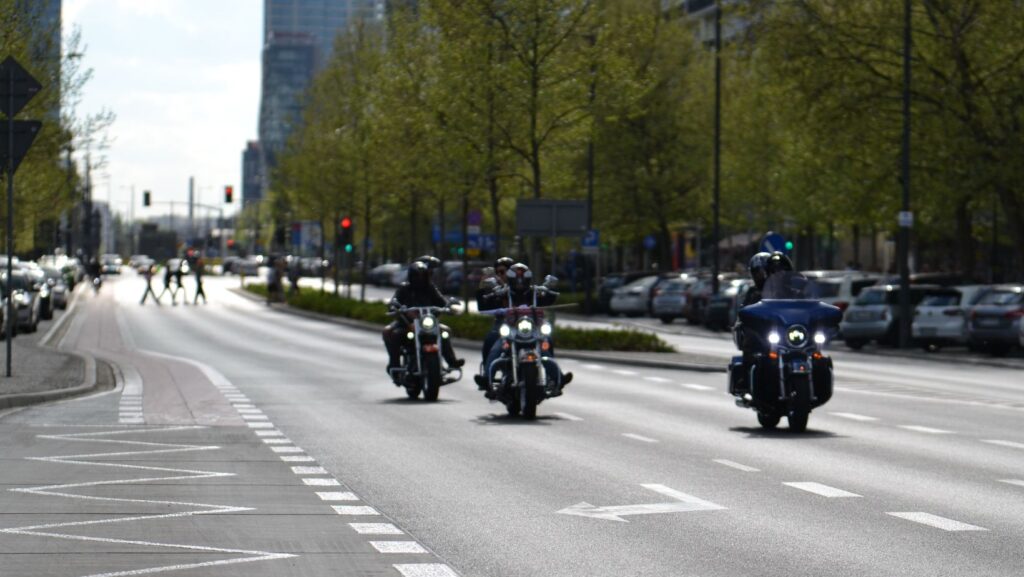If you ride a motorcycle in Baton Rouge, you already know the city streets require extra attention. But not all roads are equal when it comes to risk. Some have earned a reputation for being unpredictable, especially for riders on two wheels. Narrow lanes, distracted drivers, and poor lighting can turn a simple ride into something far more serious.
Understanding where the biggest risks are helps you make smarter choices before heading out. You might not be able to control other drivers, but you can avoid hotspots that regularly see crashes. Some of the most dangerous places are the roads people use every day. The key is knowing where those risks live and how to ride smarter around them.
What Makes Certain Roads More Hazardous for Riders
Not all danger comes from speed or reckless drivers. Road design itself can work against motorcyclists, especially where potholes, debris, or sudden curves exist without warning. Narrow shoulders leave little room for recovery if something goes wrong. And without dedicated lanes or turn pockets, motorcycles often get lost in traffic flow.
Visibility is another key issue. Some intersections are poorly lit or have obstructed sightlines due to trees or signage. These hidden hazards make it harder for drivers to notice smaller vehicles like motorcycles. Every second counts, and poor design can steal those seconds from both you and the driver behind you.
Time of Day and Weather Create the Perfect Storm
Riding conditions in Baton Rouge shift dramatically depending on the season. Rainfall is common, and the city’s drainage issues often lead to slick, puddled roads, especially after a heavy afternoon storm. In low light, puddles disguise deep cracks or sudden dips in the asphalt. Even experienced riders can lose control if they hit the wrong patch too fast.
Late-night and early morning rides are especially risky. Reduced visibility, drunk driving, and drowsy commuters add layers of unpredictability. Knowing when to ride is just as important as knowing where. Avoiding these windows can help you stay one step ahead of potential disaster.
Streets That Locals Say Are Trouble
Some roads in Baton Rouge show up again and again in crash reports. Airline Highway, Florida Boulevard, and Government Street are among the most commonly mentioned by local riders. These high-traffic areas combine fast-moving vehicles, unpredictable intersections, and distracted driving in one dangerous mix. According to Babcock Injury Lawyers, these stretches have become focal points in motorcycle accident cases.

It is not just about the number of vehicles—it is the variety. Buses, trucks, and impatient drivers crowd the space that motorcycles need to maneuver safely. Lane changes happen fast, and not everyone checks their blind spots. Riders must constantly anticipate the next move in order to avoid disaster.
Intersections That Challenge Even Skilled Riders
Some of the worst accidents happen where roads meet. Intersections like Plank Road and Choctaw Drive or Nicholson and Brightside are notorious for split-second misjudgments. Left-hand turns across traffic are especially dangerous when drivers misjudge a motorcyclist’s speed. These mistakes are often blamed on the rider, even when the driver was clearly at fault.
Many intersections lack adequate signage or have confusing layouts. Poorly timed lights or missing turn lanes create hesitation that can lead to crashes. Motorcyclists must make quick decisions with limited space and time. Practicing extra caution at every junction can make all the difference.
Road Conditions That Punish Two Wheels
What feels like a minor inconvenience to a car can be a serious hazard for a motorcycle. These common road conditions in Baton Rouge often put riders at risk:
- Surface imperfections – Cracks, potholes, and uneven pavement pose major balance challenges for motorcycles.
- Loose materials – Gravel, sand, or debris near construction zones can cause a sudden loss of traction.
- Weather-related hazards – Wet leaves, standing water, and slick spots become more dangerous at higher speeds.
- Faded or missing markings – Poor lane visibility increases the chance of misjudgment, especially in low light or rain.
- Edge deterioration – Crumbling shoulders or sharp drop-offs offer no safe escape if a rider needs to veer.
These conditions might go unnoticed by drivers, but they demand constant vigilance from motorcyclists. Knowing where these risks exist can help you ride smarter and safer.
Lane Merging and Sudden Stops Raise the Stakes
Merging lanes are often narrow and fast-paced, especially on I-10 and I-110. In those tight spaces, drivers rarely see motorcycles until it’s too late. Rear-end collisions are common in areas where stop-and-go traffic surprises everyone. Riders often bear the brunt of these crashes because there is no protective barrier.
Many drivers assume motorcycles can stop or move faster than they actually can. That misunderstanding leads to risky lane changes or sudden braking. Riders need to maintain more space than usual and be ready to escape tight spots quickly. Watching mirrors and reading driver behavior can help you avoid becoming a target.
What You Can Do Before the Ride Begins
Motorcycle safety starts long before you hit the road. Checking tire pressure, brakes, lights, and mirrors takes just a few minutes but makes a huge difference. Choosing proper gear—especially a bright helmet and reinforced jacket—adds another layer of visibility and protection. Planning your route to avoid known trouble areas is also a smart move.
Even the time of day you ride can change your risk. Avoiding rush hour or riding in full daylight can improve your chances of being seen and staying safe. Sharing your route with someone else is another simple habit that pays off. Preparation can never eliminate all risk, but it gives you an edge.
What to Do If You Get Hit on One of These Roads
If you are involved in a crash, medical care should be your first priority—even if the injuries seem minor. Report the incident to police, take photos if you can, and get contact information from witnesses. Do not assume the insurance company will protect your interests. You will need strong documentation and clear evidence to support your side.
Talk to a lawyer as soon as possible. An attorney familiar with Baton Rouge’s roads and crash patterns can help you figure out what went wrong and who is responsible. They can also help you recover costs for medical treatment, missed work, and pain. Every accident has layers, and getting the right help ensures yours is handled properly.



